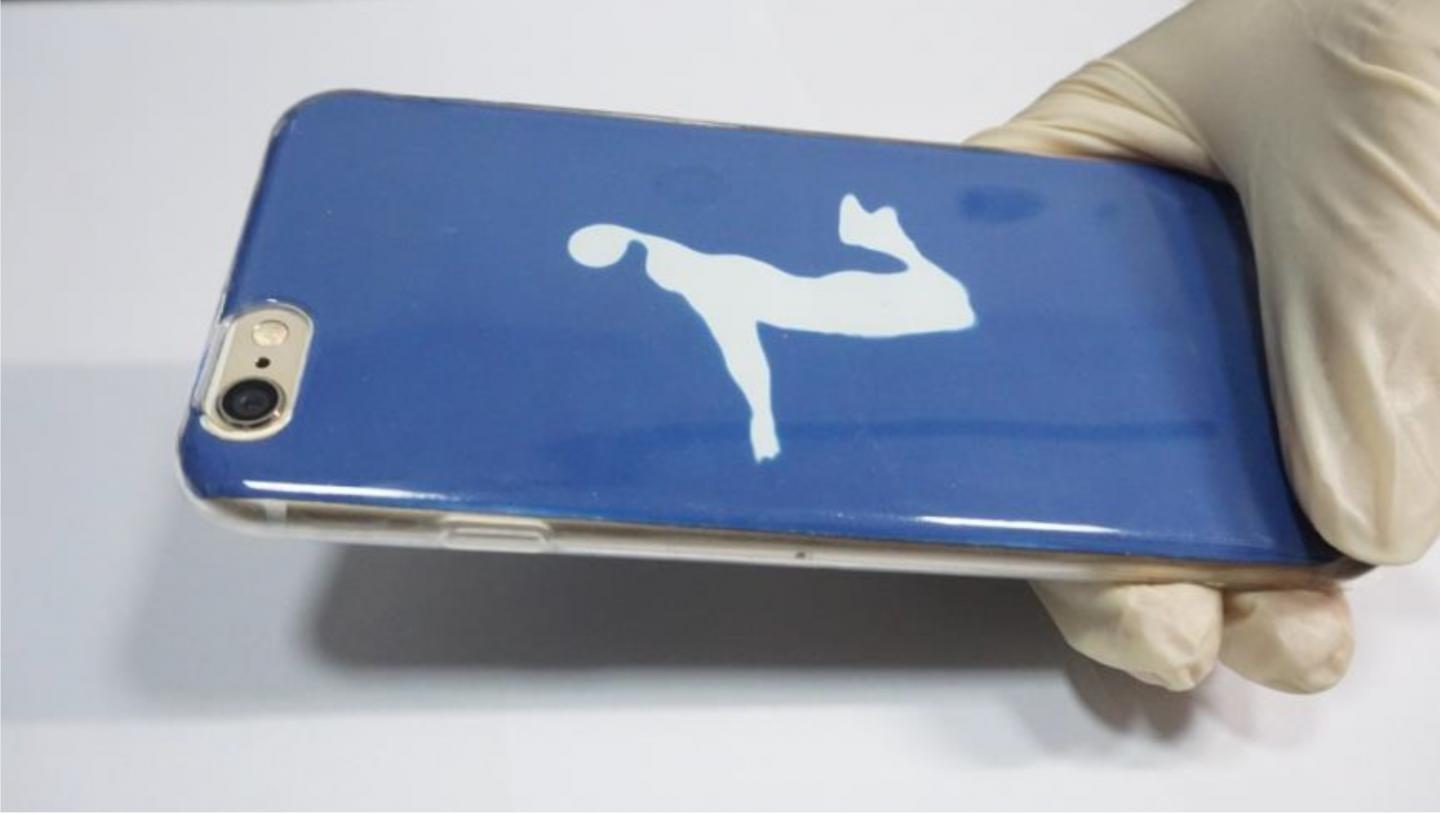
Credit: American Chemical Society
Even in this digital age, paper is still everywhere. Often, printed materials get used once and are then discarded, creating waste and potentially pollution. Now, scientists report in ACS Applied Materials & Interfaces the development of an easy-to-make “rewritable” paper that can be drawn or printed on over and over again. The messages can last more than half a year, compared to other rewritable papers whose messages fade after a few days or a few months.
The idea for rewritable paper isn’t new, with several research groups pursuing different development strategies over the past few decades. But many of these approaches have drawbacks, such as complex fabrication, chemistry that relies on ultraviolet light to erase the writing or a constant need for energy to maintain the document. To overcome these limitations, Luzhuo Chen and colleagues wanted to develop a simple method for making long-lasting rewritable paper that can be wiped clean simply by changing the temperature.
The new material consisted of three layers in a sandwich-like structure. The researchers painted one side of a piece of paper with a blue dye that becomes colorless upon heating, just like the t-shirts popular in the 1990s that changed color when they were touched with a warm hand. Then, the other side of the paper was coated with a black toner layer that produces heat upon excitation with light. Using a “pen” that applies heat, a thermal printer or a source of near-infrared light, the team created images and words that remained legible for more than six months. They also produced a rewritable cell phone case. To reset the paper, the researchers cooled it down to 14 F. This process could be repeated more than 100 times.
###
The authors acknowledge funding from the National Natural Science Foundation of China, Natural Science Foundation of Fujian Province for Distinguished Young Scientists and Projects for Young Scientists in University funded by the Education Department of Fujian Province.
The abstract that accompanies this study is available here.
The American Chemical Society, the world’s largest scientific society, is a not-for-profit organization chartered by the U.S. Congress. ACS is a global leader in providing access to chemistry-related information and research through its multiple databases, peer-reviewed journals and scientific conferences. ACS does not conduct research, but publishes and publicizes peer-reviewed scientific studies. Its main offices are in Washington, D.C., and Columbus, Ohio.
To automatically receive news releases from the American Chemical Society, contact [email protected].
Follow us on Twitter | Facebook
Media Contact
Katie Cottingham
[email protected]
301-775-8455




